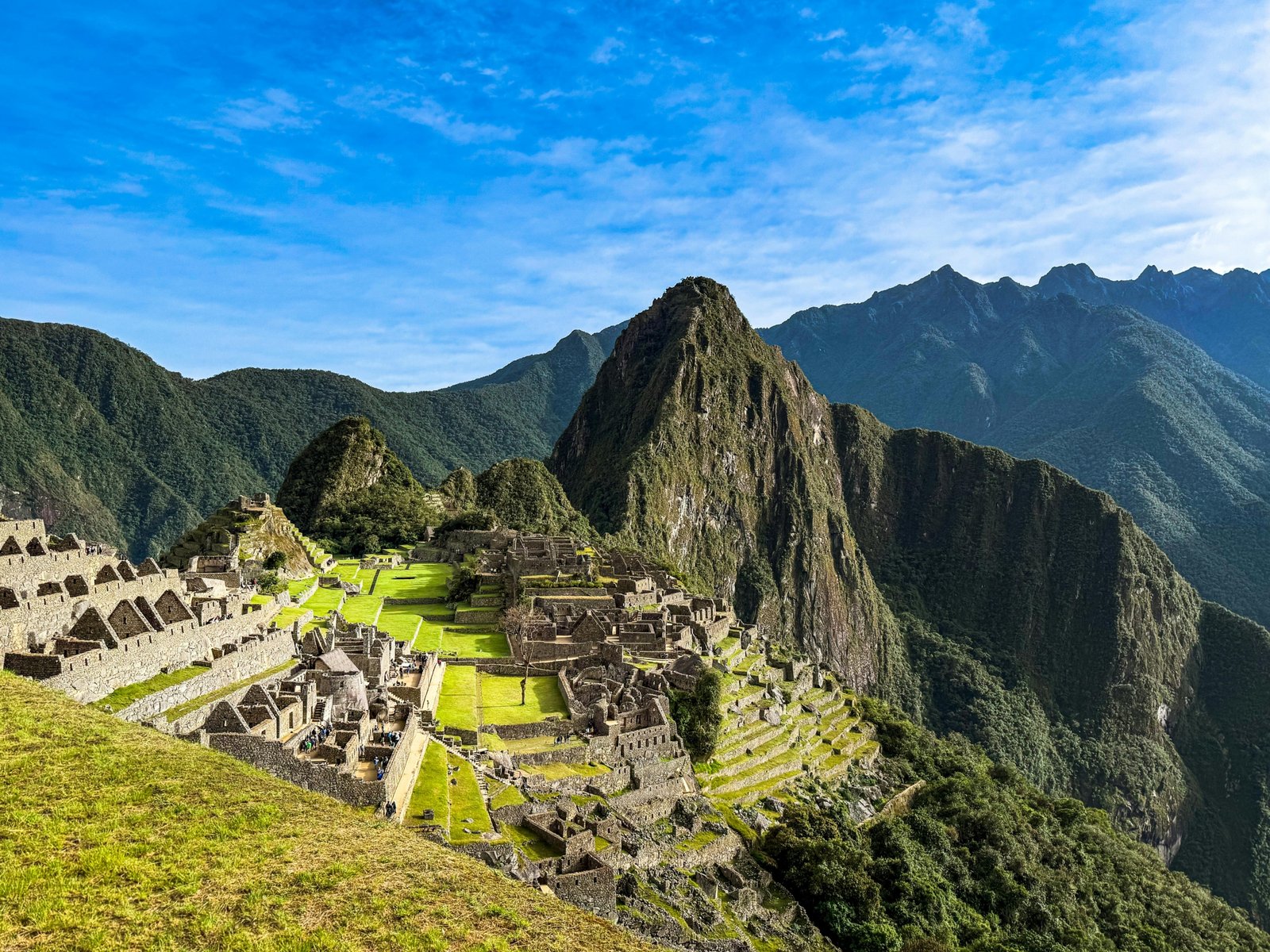What is the Best Time to Travel to Peru?
Planning your dream trip to the land of the Incas? Figuring out the best time to travel to peru is your first crucial step. This amazing country has three distinct climate zones. Therefore, the perfect time depends entirely on where you want to go and what you want to do. This guide breaks it down simply for you.
Peru’s Two Main Seasons: Dry vs. Wet
Generally, Peru’s weather is split into two seasons: dry and wet. Each season offers a completely different experience for travelers. Consequently, understanding them is key to planning your adventure.
The Dry Season (April to October)
This period is widely considered the best time for visiting Peru, especially the Andean highlands. For instance, destinations like Cusco and Machu Picchu experience sunny days and clear blue skies. As a result, it’s perfect for trekking the famous Inca Trail. However, keep in mind that nights in the mountains can get very cold.
- Pros: Ideal weather for hiking and sightseeing, minimal rain, stunning views.
- Cons: Peak tourist season, larger crowds, and higher prices for flights and accommodation.
The Wet Season (November to March)
Don’t let the name “wet season” scare you away. While you should expect rain, it often comes in short, heavy bursts in the afternoon. In addition, the landscape becomes incredibly lush and green. This season offers a more peaceful experience with fewer tourists. Also, prices are generally lower, which is great for budget travelers. A key point to remember is the Inca Trail closes for maintenance every February.
- Pros: Fewer crowds, lower travel costs, vibrant green scenery.
- Cons: Frequent rain can disrupt plans, muddy hiking trails, Inca Trail closed in February.
What’s the Best Time to Travel to Peru by Region?
Peru’s diverse geography means the best time to visit can vary significantly from one area to another. Because of this, it’s helpful to look at the main regions.
The Andes (Cusco & Machu Picchu)
For the highlands, the dry season from April to October is undoubtedly the winner. You will enjoy clear skies, making it ideal for photography and hiking. The months of June through August offer the most stable weather but also the biggest crowds.
The Coast (Lima & Nazca)
The coastal region, including the capital city of Lima, has its own climate. It’s best visited during its summer, from December to April. During these months, the weather is warm and sunny. In contrast, from May to November, the coast is often covered by a gray sea mist known as the garúa.
The Amazon Rainforest (Iquitos & Manu)
The Amazon is hot and humid all year round. However, it also has a “drier” season from June to October. During this time, there are fewer mosquitoes. Moreover, lower river levels reveal jungle trails and attract more wildlife to the riverbanks, making it easier to spot animals.
A Quick Month-by-Month Breakdown for Peru
To make it even easier, here is a quick summary:
- Shoulder Season (April, May, September, October): A great compromise. You get pleasant weather, fewer crowds than in peak season, and beautiful green landscapes left over from the rain.
- High Season (June, July, August): The absolute best weather for the Andes, but also the most expensive and crowded time. You must book everything far in advance.
- Low/Rainy Season (November to March): Perfect for budget travelers who don’t mind some rain. The country is lush, and you’ll share iconic sites with far fewer people. Just remember to pack a good raincoat.
So, When Should You Book Your Trip to Peru?
Ultimately, the best time to travel to Peru depends on your personal preferences. If your main goal is to hike to Machu Picchu under clear skies, aim for the dry season between May and September. If you prefer to avoid crowds and save money, then consider the shoulder months. Whichever time you choose, Peru’s incredible culture and breathtaking landscapes will surely amaze you.



